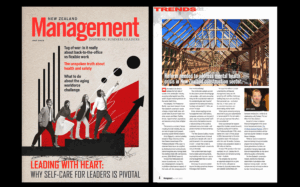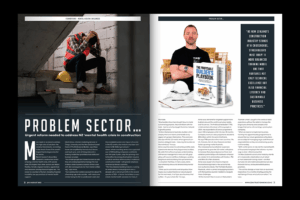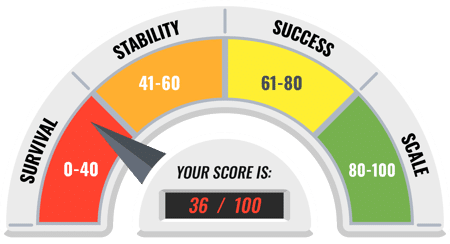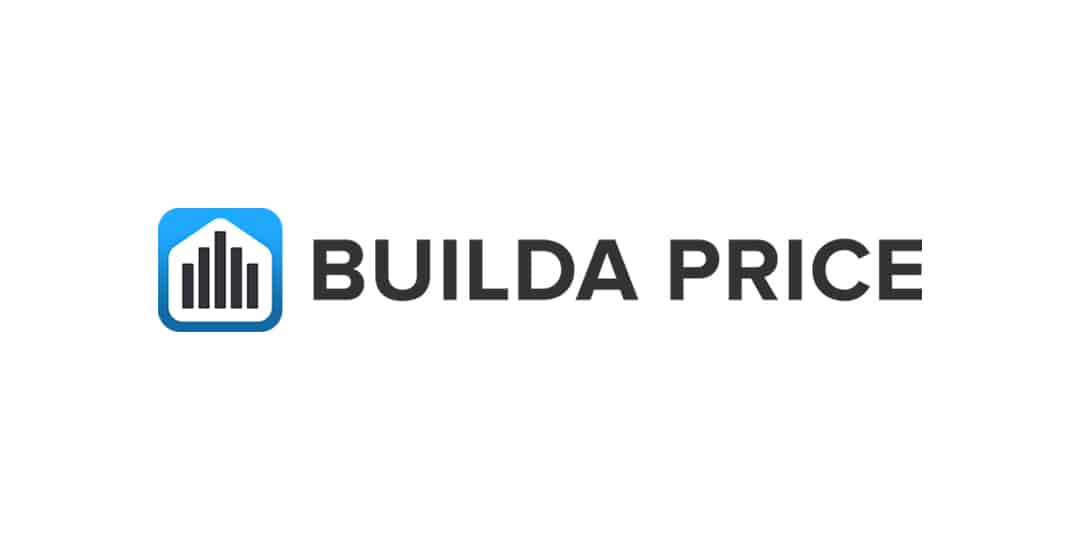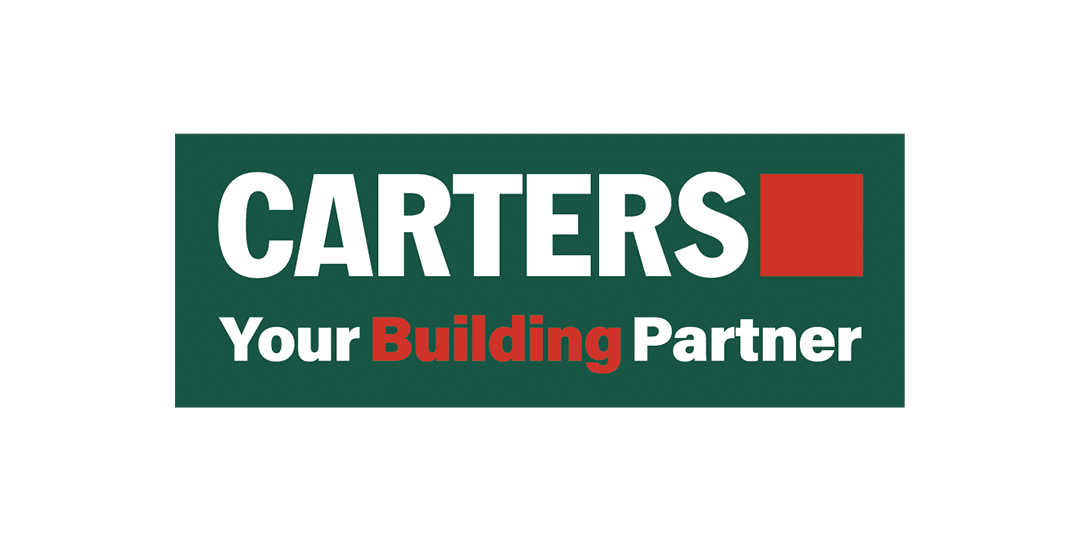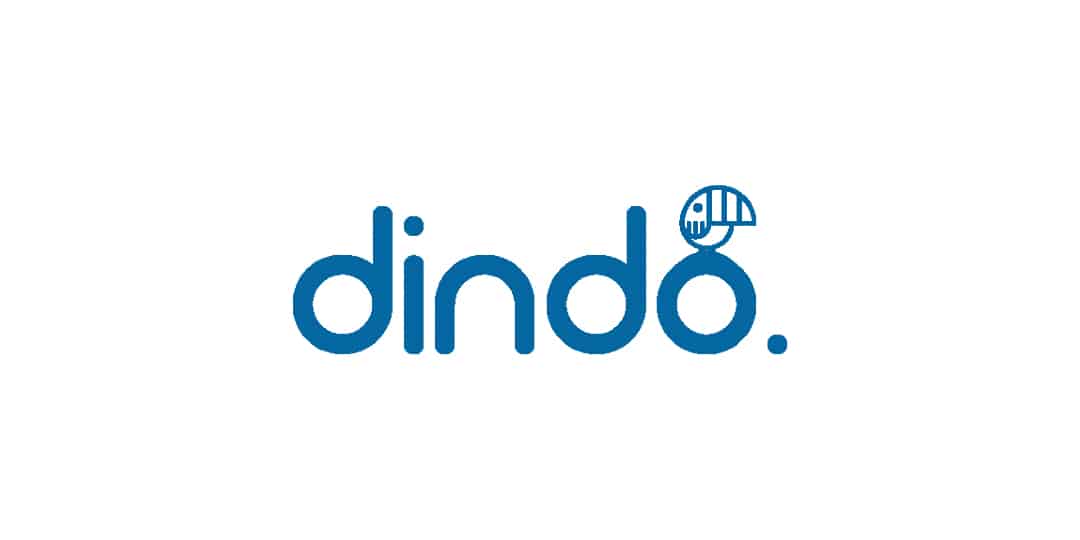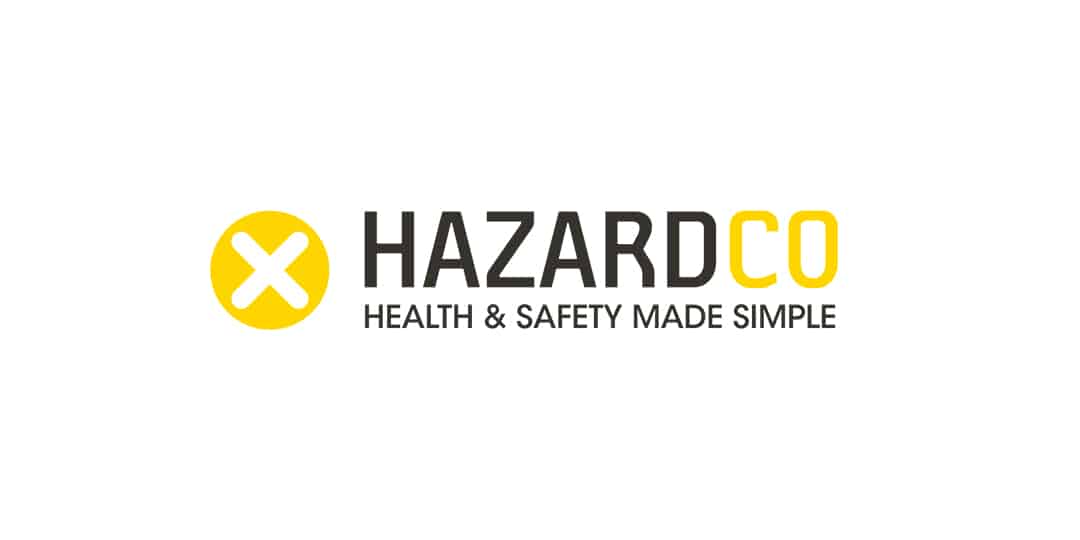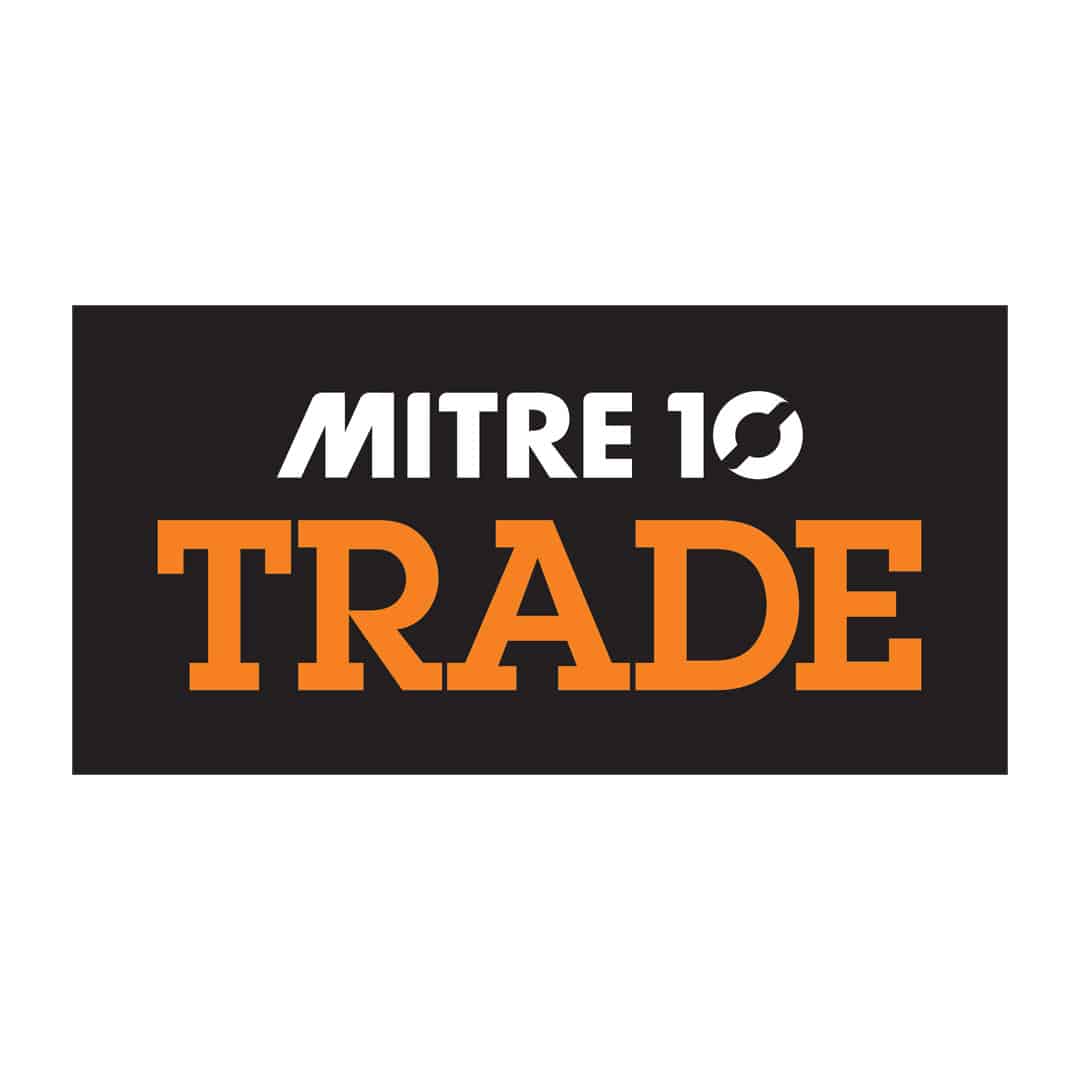Click here to read our latest article in Master Builders Build Today Magazine – Mar 2025
Introducing a new Building Today column where The Professional Builder founder/chief executive Martin Amos provides readers with tips on how to build a successful building business. This month: The 10-step sales process to help you close more deals.
Being a skilled builder is not enough to guarantee success in the building industry. To run a successful business, you need to master various aspects beyond delivering quality work on time and within budget. Areas such as cashflow management, estimating, sales, marketing, hiring, negotiating, and dealing with clients and subcontractors are all crucial.
However, one key system can significantly impact your success — your sales process. A structured sales process, combined with effective marketing, makes securing deals much easier. Without one, you may have to rely on effort and charm alone to win contracts. Below is a 10-step sales process to help you close more deals, while avoiding the trap of competing solely on price.
1 Qualifying questionnaire
Start with three to five questions for potential clients to answer, qualifying themselves. This can be done via an automated link.
One effective question is: “What makes you want to complete this project now?”
Quality clients usually give thoughtful, detailed responses, while less serious ones provide brief answers, which helps filter out less likely leads.
2 Triage call
Follow up with a phone call as soon as possible, ideally on the same day. This prompt contact sets a professional tone and shows the client that their project is important.
During the call, you can further qualify the lead and decide if a site visit is appropriate, or if the client should be referred to another professional.
Ensure these calls are made in a quiet environment where you can focus and take notes.
3 Physical information pack
Sending a physical “WOW Pack” before the site visit can make a huge difference. When the home owner receives this pack, they’ll likely be impressed and better prepared for your visit.
This helps turn them from a cold lead into a pre-sold client, ready to be convinced further.
4 Site visit
Arrive fully prepared for the site visit. Use sales tools such as a home owner selections checklist, a meeting agenda, and notes from the triage call to stay organised.
This is your opportunity to build rapport and to discuss the project in detail with the home owner.
5 Sell your preliminary service
At the end of the site visit, clarify the next steps. Do they need plans, an estimate, a detailed quote, or an engineering report?
Bundling these services with consultation, project management, and support is often a good strategy.
Some builders charge for this initial stage, offering what’s known as a “preliminary service agreement” or a “dreams to reality package”. Charging for this service depends on your confidence and deal flow.
6 Pricing for profit
Pricing for profit is a vital part of the sales process. Your pricing structure must support the long-term sustainability of your business.
While this topic warrants more detail, it’s important to remember that pricing should never be an afterthought.
7 The “Keep warm sequence”
While preparing the quote, maintain communication with the home owner through a “keep warm sequence”. Introduce them to your process, previous projects, team members, and preferred partners.
Educating the home owner about your company’s value reduces the risk of losing them to a competitor offering a lower price.
This sequence keeps the client engaged and helps build trust.
8 Quote as an action plan
Instead of sending a lengthy, itemised quote, present your quote as an action plan. It should outline how your company will successfully complete the project, and should address five key concerns — timeline, budget, trustworthiness, quality, and communication.
Framing the quote this way positions you as a problem-solver, not just a contractor.
9 In-person sales meeting
Always present your quote in person. This allows you to explain the project details, address any concerns, and emphasise why your proposal stands out. Meeting in person also helps avoid direct comparisons with other quotes, especially if competitors focus solely on price.
10 Contract signing checklist
Ensure everything is in order before the contract is signed. This includes administrative tasks, assigning roles, and introducing the build team. A smooth contract signing process leaves a positive impression and sets the tone for a successful project.
This 10-step process is not exhaustive but provides a strong foundation for auditing and improving your sales approach. Review the stages you excel in and identify areas where leads may slip through the cracks.
In a competitive market, especially in the residential sector, a structured sales process supported by marketing can significantly increase your chances of winning more work without lowering your prices to compete.
The Professional Builder is dedicated to helping builders run successful businesses by improving confidence and equipping them with the necessary skills and systems to become great leaders.


